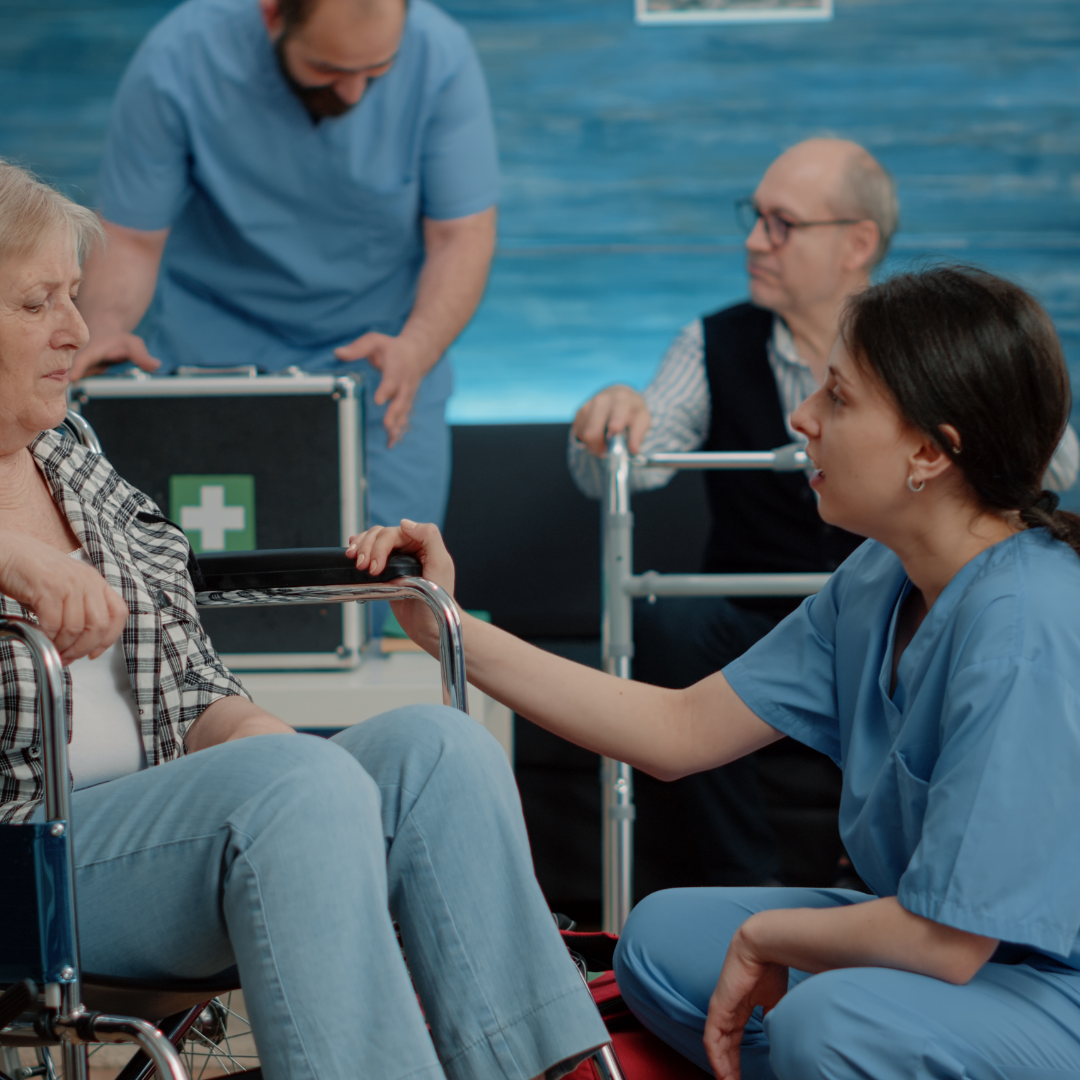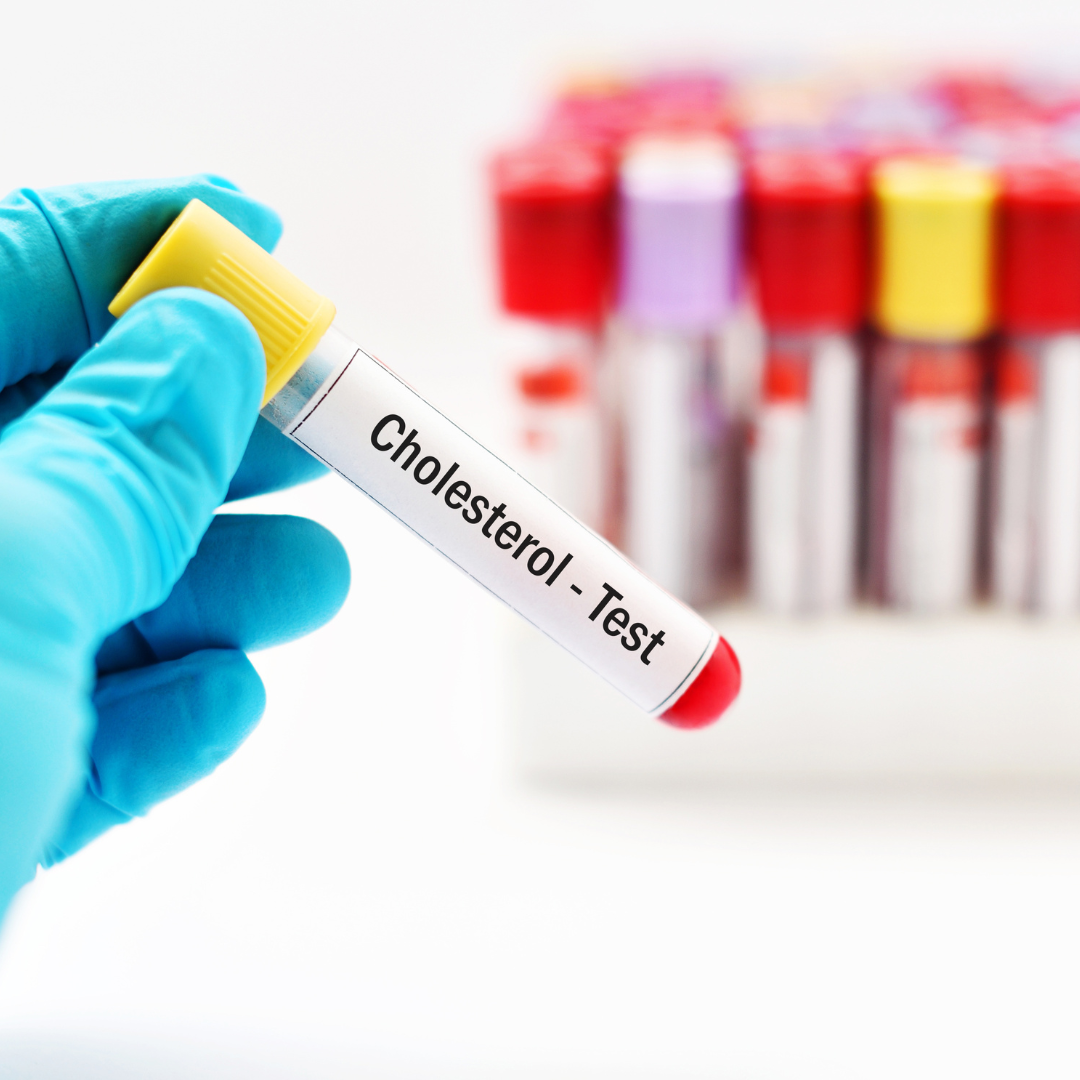The role of traditional healing practices in health and wellness is increasingly recognized as societies look to integrate the wisdom of ancestral knowledge with modern medical advances. These practices, deeply rooted in cultural traditions, offer unique perspectives on health that can enhance our understanding of well-being. In this article, we will explore the historical significance of traditional healing, delve into its integration with contemporary healthcare systems, and examine the ongoing impact and future potential of these practices in global health contexts.
Understanding Traditional Healing Practices: A Historical Perspective
Traditional healing practices have served as the backbone of health care for countless societies throughout human history. These practices, often characterized by a deep connection to nature and spirituality, vary widely across cultures yet share common roots in the understanding of the human body, disease, and healing. From the herbal concoctions of indigenous tribes to the intricate rituals of African or Asian cultures, these methods reflect the knowledge and beliefs of their respective communities. By looking at the historical utilization of these practices, we gain insight into how they adapted to social changes and healthcare needs over centuries.
The origins of traditional healing can be traced back to ancient civilizations, where healers or shamans played crucial roles in their communities. They were often regarded as intermediaries between the physical and spiritual realms, employing a blend of physical remedies and spiritual guidance to treat ailments. The historical perspective reveals that these practices have not only provided medical care but also reinforced social cohesion and cultural identity. They served as a means of transmission of cultural values and knowledge, ensuring that future generations could benefit from the wisdom of their ancestors.
In many parts of the world, traditional healing practices remain vital, particularly where access to modern healthcare is limited or culturally inappropriate. These practices are not relics of the past; rather, they continue to evolve, incorporating contemporary understandings of health and illness. As societies grapple with the challenges of modern life, such as chronic diseases and mental health issues, the relevance of traditional healing methods becomes increasingly apparent. They provide alternative avenues for treatment, fostering a holistic approach that encompasses physical, emotional, and spiritual well-being.
The Integration of Traditional Healing Practices into Modern Healthcare Systems
The recognition of traditional healing practices within modern healthcare systems marks a significant shift in the approach to health and wellness. As patients become more informed and demand a greater say in their treatment options, healthcare professionals are increasingly exploring how to integrate these ancient methods with contemporary medical practices. This growing acceptance is driven by a desire for holistic care that respects cultural beliefs and personal preferences, ultimately aiming to enhance patient satisfaction and outcomes.
Research into the efficacy of traditional healing practices supports their integration into modern healthcare. Studies have demonstrated that many traditional approaches, such as herbal medicine, acupuncture, and mind-body therapies, can effectively complement conventional treatments. For instance, acupuncture has gained recognition for its ability to alleviate chronic pain and support mental health, while specific herbal remedies have shown promise in managing various health conditions. This evidence base not only legitimizes traditional practices but also encourages healthcare providers to consider diverse treatment modalities that can lead to better health outcomes.
However, integrating traditional healing practices into modern healthcare systems presents challenges that require careful navigation. The potential for misunderstanding and miscommunication between practitioners of both systems necessitates ongoing dialogue and collaboration. Establishing best practices for the safe and respectful incorporation of traditional methods into healthcare settings is crucial. This process involves training healthcare professionals to acknowledge and understand the cultural significance of these practices while ensuring patient safety and evidence-based care remain paramount. The successful integration of traditional healing into modern healthcare could pave the way for a more inclusive and comprehensive approach to health.
In conclusion, the role of traditional healing practices in modern healthcare is multi-faceted and increasingly relevant in today’s world. These methods not only reflect the rich cultural heritage of societies but also offer valuable insights into holistic health and well-being. As the healthcare landscape continues to evolve, the integration of traditional healing practices can enhance patient care, foster cultural respect, and address the complex health challenges faced by diverse populations. By honoring and acknowledging the wisdom of traditional healing, we can build a more inclusive and effective healthcare system that values the contributions of all healing traditions.




